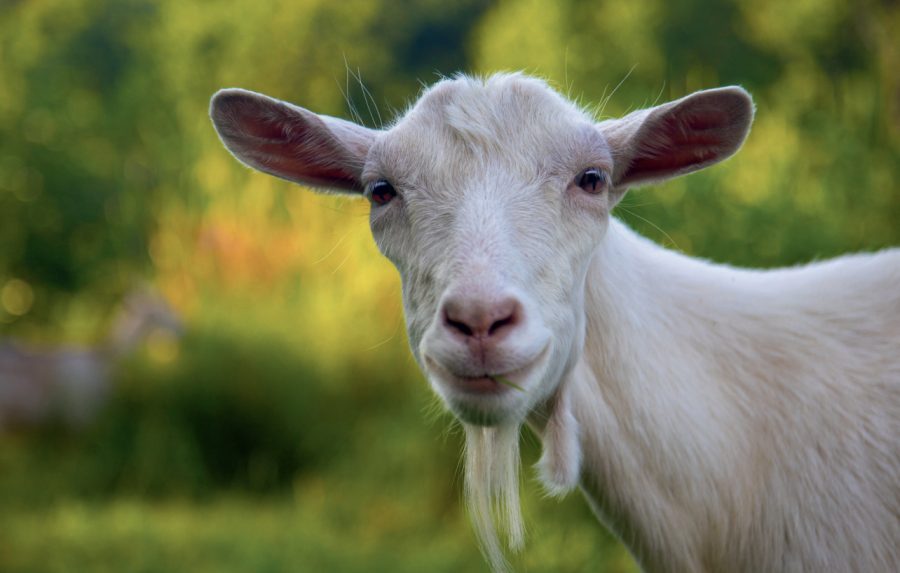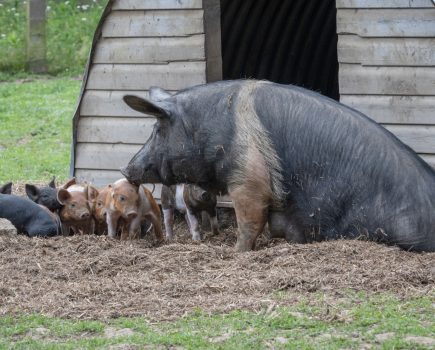In this article extract, David Harwood BVetMed, FRCVS, says it is important that you know how to recognise, remove and prevent Endoparasites in goats.
The term “parasite” is widely used when discussing animal and bird health problems, and goats are no exception! The dictionary definition is“an organism that lives on or in a host organism and gets its food from or at the expense of its host,” it is a one-way existence, the host (your goat) gets nothing in return but potential ill health! We can further define parasites into ectoparasites that live mainly on the surface of the body such as fleas in cats and dogs and lice in farm animals, and endoparasites that live inside the host.
I can’t emphasise enough the importance of not only recognising that your goat may be affected with an endoparasite, but also to understand what type of parasite it might be as this will dictate your treatment approach and any preventative control programme that maybe needed. Some endoparasites are host specific – i.e., will only affect your goat and other goats in contact (such as coccidia), some other parasites such as worms are shared with other ruminant species – of particular importance if for example you are running your goats together with sheep.
Goat endoparasites can be classified according to their morphology particularly their shape and size. These include protozoa such as Cryptosporidia spp and coccidia (Eimeria spp), nematode worms such as Trichostrongylus or Haemonchus spp, flatworms such as liver fluke and tapeworms. Interestingly, it is the smaller (in size) protozoal parasites that affect the smaller newborn and growing kids, with the other larger endoparasites becoming a problem as goats grow into maturity.
WHAT ARE PROTOZOA?
X Cryptosporidia -– the first exposure newborn kids may have to an endoparasite challenge is to Cryptosporidia spp. If picked up, these can invade and multiply in the intestinal wall causing diarrhoea, loss of weight and rapid dehydration and can be fatal if allowed to progress.
Other causes of diarrhoea at this age include bacteria such as E coli, and examining a faeces sample in a laboratory can produce a diagnosis, but any delay in treatment can be detrimental, and veterinary advice should be sought if you are concerned. Significantly however, this parasite tends to be one of intensification, where many kids are kept and reared together, with environmental build up resulting in an increasing risk.
The two key factors when reducing the risk of your goats picking up this parasite (if it is present in your herd) are:
- Ensuring that your kids are born into and reared in a clean well bedded environment – the source of infection will be either any adult goats faeces (and these may be asymptomatic carriers), or faecal material left behind from previously infected kids.
- Ensuring that colostrum (preferably from the kids own dam) is consumed within the first 6 hours (50 – 75 ml /Kg), with at least two more feeds in the first 24 hours.
This article extract was taken from in the October 2023 edition of The Country Smallholder. To read the article in full you can buy the issue here.
To receive regular copies of The Country Smallholder magazine featuring more articles like this, subscribe here.
For FREE updates from the world of smallholding, sign up for The Country Smallholder newsletter here.








